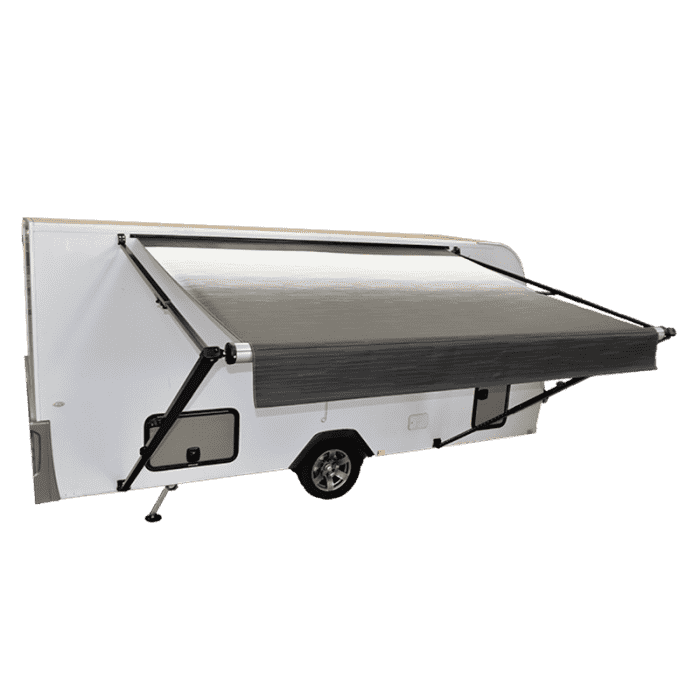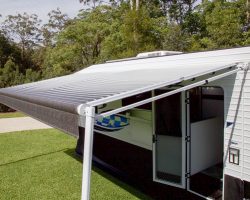How to Protect Your Roll out Caravan Awning From Damage
Roll-out caravan awnings are a great innovation in the awning range. Using these awnings saves the caravanners from struggles faced during camping, along with homely comfort and convenience.
Your Awning Needs Protection Too!
The roll-out caravan awning is sure to protect you from the weather, but at the same time, even the awning needs protection from the weather. Sudden weather changes at the campsite, like strong winds and rain, could severely damage the awning in a moment and ruin your entire camping trip. With some extra care, you can easily prevent the awning from damage and extend its life. Here are tips on how you can protect your roll-out caravan awning.
Tips to Protect Your Roll Out Caravan Awnings
Peg it to The Ground

The constant pressure of the wind on the awning increases the chances of wear and tear. If you think the weather at the campsite is gusty or even if the light winds, storm, or rain are expected to blow in, make sure to peg the awning roller bar to the ground. It provides the awning extra and strong support to fight the gusty winds at the campsite.
Use Caravan Rafters

Investing a few seconds to place your caravan roof rafters to the awning can save you a lot of time and effort further in the trip. These rafters help you avoid the common caravanning problems, water pooling, and wind flaps. When attached, the rafters provide a gentle curve to the awning that allows rainwater to run off easily and tightens the awning fabric, which reduces the wind flap.
Use De-Flappers or an Anti-Flap Kit

To fix the flapping of the awning due to winds or rains, secure the awning vinyl with de flappers or an Anti-flap kit. These provide additional support to the overall awning and prevent damage from flapping during winds or rain.
Set the Awning Roller Bar Correctly
It is the most important tip to protect your roll-out caravan awning from damage. Set your awning roller bar to the three o'clock position initially. It will be difficult to change if it is not at the ideal position and will cause water pooling and wind flapping.
Conclusion
Not all the roll-out caravan awnings could withstand the harsh weather conditions. Choosing the right Roll Out Caravan Awning is essential; otherwise, after every trip, either you will end up changing the entire awning or pay for the repairs. Xtend Outdoors Roll Out Caravan Awnings are lightweight and made with excellent, sturdy materials that could easily take the pressure of strong winds at the campsite. Our awnings are robust and can be used for the long term.
Xtend Outdoors
Australia's Leading RV Annexes Specialists
Founded in 2004, we are an Australian owned and operated company based on the Sunshine Coast in Queensland. As the leading manufacturer of RV Annexes within Australia, we focus on delivering innovative, premium custom-made products at affordable pricing to the Australian market.

